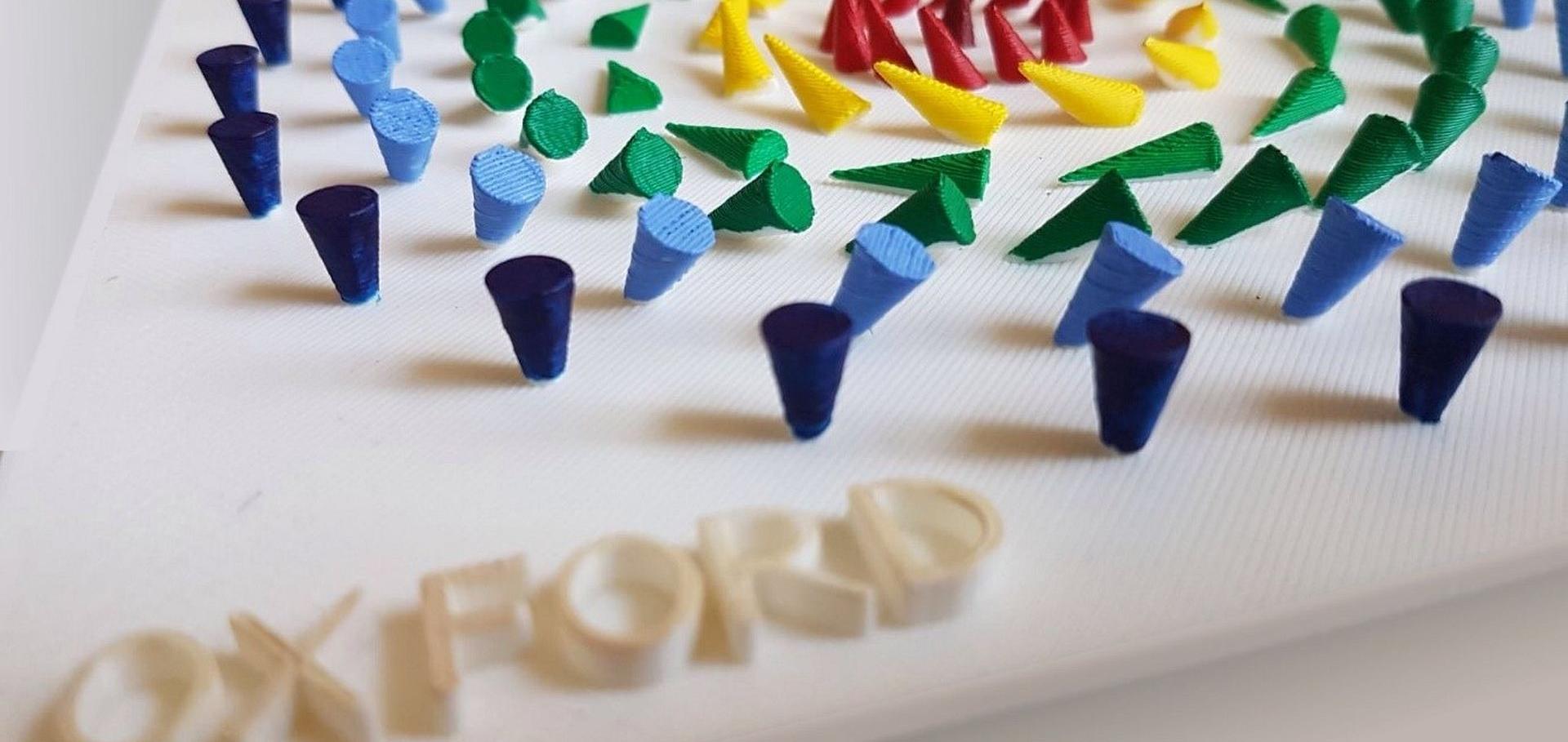Magnetic X-ray spectroscopy of two-dimensional CrI3 layers
Materials Letters Elsevier 232 (2018) 5-7
Abstract:
The recently confirmed monolayer ferromagnet CrI3 is a frisky example of a two-dimensional ferromagnetic material with great application potential in van der Waals heterostructures. Here we present a soft X-ray absorption spectroscopy study of the magnetic bulk properties of CrI3, giving insight into the magnetic coupling scenario which is relevant for understanding its thickness-dependent magnetic properties. The experimental Cr X-ray magnetic circular dichroism spectra show a good agreement with calculated spectra for a hybridized ground state. In this high-spin Cr ground state the Cr–I bonds show a strongly covalent character. This is responsible for the strong superexchange interaction and increased spin-orbit coupling, resulting in the large magnetic anisotropy of the two-dimensionally layered CrI3 crystal.THz carrier dynamics and magnetotransport study of topological surface states in thin film Bi2 Se3
Proceedings of SPIE - The International Society for Optical Engineering 10531 (2018)
Abstract:
© 2018 SPIE. The surface of a topological insulator harbors exotic topological states, protected against backscattering from disorder by time reversal symmetry. The study of these exotic quantum states not only provides an opportunity to explore fundamental phenomena in condensed matter physics, such as the spin Hall effect, but also lays the foundation for applications from quantum computing to spintronics. Conventional electrical measurements suffer from substantial bulk interference, making it difficult to clearly distinguish topological surface states from bulk states. Employing terahertz time-domain spectroscopy, we study the temperature-dependent optical behavior of a 23-quintuple-thick film of bismuth selenide (Bi2Se3) allowing for the deconvolution of the surface state response from the bulk. Our measurement of carrier dynamics give an optical mobility exceeding 2100 cm2/V•s at 4 K, indicative of a surface-dominated response, and a scattering lifetime of ∼0.18 ps and a carrier density of 6×1012cm-2at 4 K for the Bi2Se3film. The sample was further processed into a Hall bar device using two different etching techniques, a wet chemical etching and Ar+ion milling, which resulting in a reduced Hall mobility. Even so, the magneto-conductance transport reveals weak antilocalization behavior in our Bi2Se3 sample, consistent with the presence of a single topological surface state mode.Electronic structure and enhanced charge-density wave order of monolayer VSe2
Nano Letters American Chemical Society 18:7 (2018) 4493-4499
Abstract:
How the interacting electronic states and phases of layered transition-metal dichalcogenides evolve when thinned to the single-layer limit is a key open question in the study of two-dimensional materials. Here, we use angle-resolved photoemission to investigate the electronic structure of monolayer VSe2 grown on bilayer graphene/SiC. While the global electronic structure is similar to that of bulk VSe2, we show that, for the monolayer, pronounced energy gaps develop over the entire Fermi surface with decreasing temperature below Tc = 140 ± 5 K, concomitant with the emergence of charge-order superstructures evident in low-energy electron diffraction. These observations point to a charge-density wave instability in the monolayer that is strongly enhanced over that of the bulk. Moreover, our measurements of both the electronic structure and of X-ray magnetic circular dichroism reveal no signatures of a ferromagnetic ordering, in contrast to the results of a recent experimental study as well as expectations from density functional theory. Our study thus points to a delicate balance that can be realized between competing interacting states and phases in monolayer transition-metal dichalcogenides.Crossover from lattice to plasmonic polarons of a spin-polarised electron gas in ferromagnetic EuO
Nature Communications Springer Nature 9 (2018) 2305
Abstract:
Strong many-body interactions in solids yield a host of fascinating and potentially useful physical properties. Here, from angle-resolved photoemission experiments and ab initio many-body calculations, we demonstrate how a strong coupling of conduction electrons with collective plasmon excitations of their own Fermi sea leads to the formation of plasmonic polarons in the doped ferromagnetic semiconductor EuO. We observe how these exhibit a significant tunability with charge carrier doping, leading to a polaronic liquid that is qualitatively distinct from its more conventional lattice-dominated analogue. Our study thus suggests powerful opportunities for tailoring quantum many-body interactions in solids via dilute charge carrier doping.Reciprocal space tomography of 3D skyrmion lattice order in a chiral magnet
Proceedings of the National Academy of Sciences National Academy of Sciences 115:25 (2018) 6386-6391


